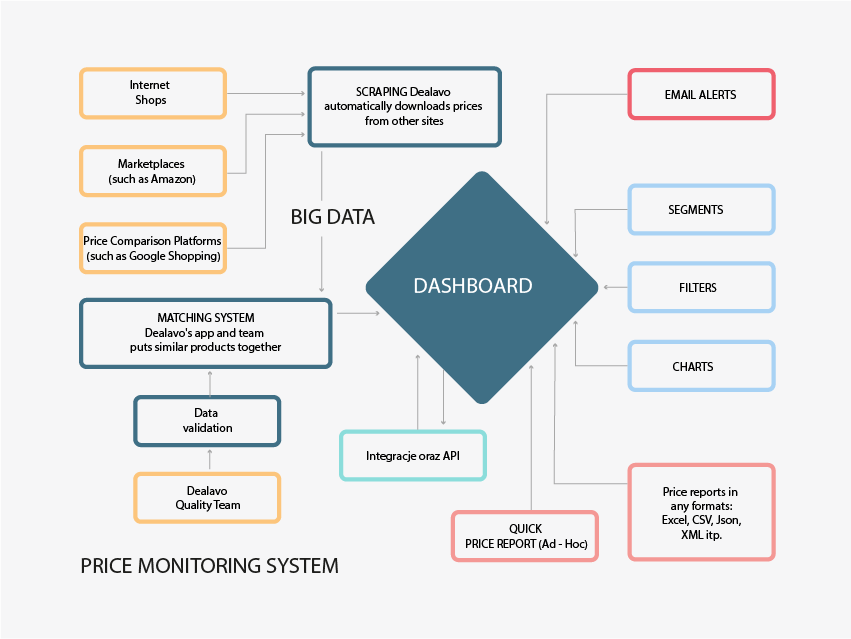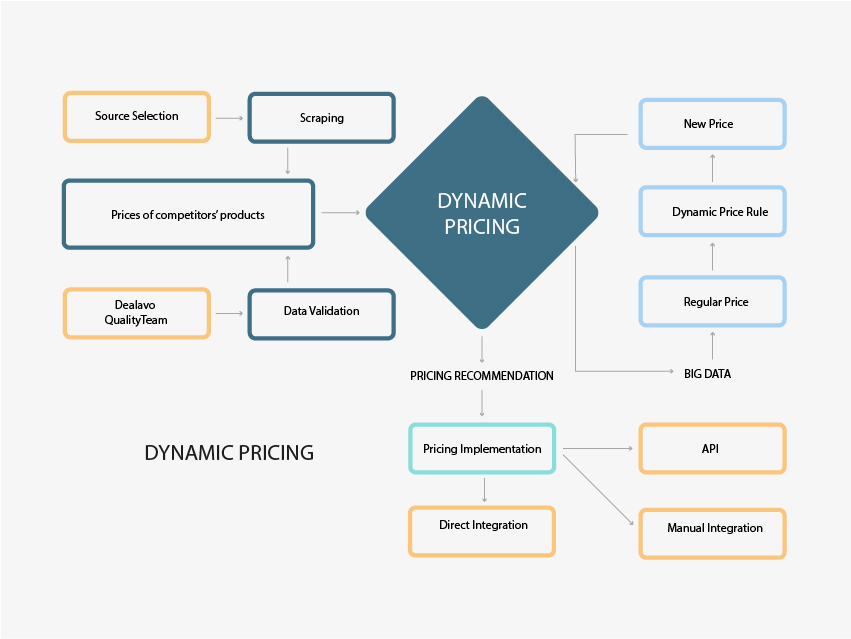Price is literally everything in the business world. It’s a factor helping your customers solidify their purchasing decisions, as well as a key tool helping you earn profits and position your offerings and brand in the market. That’s not all; price has various functions in marketing and, consequently, has a direct impact on your sales volume and frequency. Don’t know much about it? Let’s explore the functions and how price affects sales in this piece.

Functions of Price in Marketing
Here are some common functions of price in the marketing arena:
- Signal of Value
The price you set for your offerings signals the perceived value of your products. If you set a higher price, your customers might see your offerings as high-quality options, while a lower price point might suggest them as value-oriented options. That’s why brands like Rolex use premium pricing to highlight uniqueness and quality.
- Revenue Generation
Prices directly impact the revenue you generate, with even minimal changes having large effects on your profitability. Just increasing your prices by 1% can increase your operating profits by 11.1%, which shows how important it is to find the right balance between attracting customers and maximizing your profits.
- Positioning Strategy
Price also positions your brand in the market. If you have higher prices, you’ll be counted amongst the high-end or luxury brands, while lower prices will make you appear as a budget brand. Take Tesla, for example; it uses higher price points to position the company as a luxury vehicle brand.
- Customer Behavior and Perception
Price also influences the behavior of consumers, with more than half of them considering price as a key factor before buying anything. This is why you can nudge them to buy from you by pricing items at 7.99 dollars rather than 8 dollars.

How Price Affects Sales
Since price has various roles, here’s how it can impact your sales:
1. Price Elasticity of Demand
Your product demand can change with changes in prices. That’s what price elasticity measures. So, if you’re selling products that have inelastic demand, like luxury items, your sales will stay stable even after price increments. However, if you are selling elastic products like everyday items, you might see a significant drop in your sales when you increase the prices.
2. Price Sensitivity
Your consumers are sensitive to price, albeit the sensitivity levels vary. You can’t influence high-income consumers with minor price changes, but if you offer discounts or offers for price-sensitive consumers or lower-income segments, they’ll respond quickly and increase your sales volume. It depends on what your target audience is; then, you can use price to increase sales.
3. Long-Term Sales Impact
By lowering your prices, you can boost your short-term sales, but for better long-term sales, you need to opt for premium pricing or value-based pricing strategies. This can help you build a more loyal customer base and avoid eroding your brand’s value.
The Importance of Using Pricing Tools
Now that you know how pricing, marketing, and sales are interlinked, if you want to use pricing to your advantage and stay competitive, you better turn to tools for competitor price tracking (https://dealavo.com/en/tools-for-competitor-price-tracking) like other successful companies. Promising price tracking tools like Dealavo can help you keep a tab on your competitors’ pricing and adjust yours in real-time, and that to all automatically! This will increase your sales volume in no time!

Summing Up!
Price has many functions, from highlighting the value of your products to impacting your sales. By understanding how price impacts different aspects of your business, you can easily adjust them and increase your profitability. Add tools like Dealavo to the mix, and making data-driven pricing decisions becomes even easier! So, wait no more; use pricing to your advantage!

















